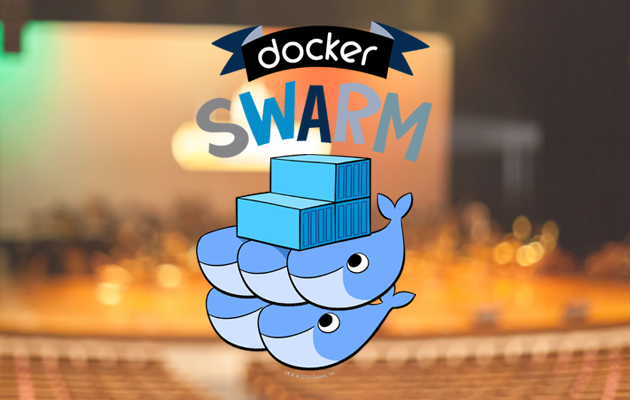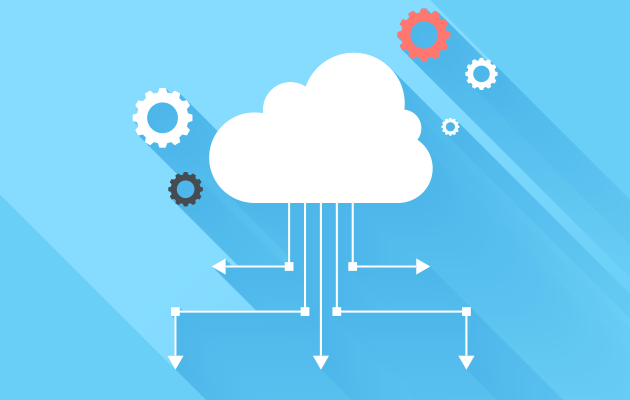How Enterprise IT Can Save $$Millions With DevOps and Cloud Computing
Never one to sit on the fence, we at Contino believe that the business case for DevOps, in combination with cloud computing, is irrefutable.
Many enterprises are fighting a costly battle to manage their own infrastructure, and struggling with outdated delivery models against these. We predict that many big names will be disrupted as, over time, the cost of this endless skirmish will hit their top and bottom lines. Hard.
Rather than continuing along this road to nowhere, enterprises need to change tact.
Cloud computing can reduce infrastructure costs and create the conditions for innovation at scale and shift the efforts of IT teams towards creating business value, rather than extinguishing infrastructure fires. These benefits can then be locked in, secured and optimised over time with a DevOps operating model and approach.
The final result is an end to the costly battles with infrastructure and between teams, and the opening of a new path towards swift innovation and value-creation.
But don’t take our word for it.
The UK-based security company G4S, recently stated: “we have more than halved our data centre costs in the UK by moving our biggest outsourced data centre to Amazon Web Services”.
And the cost-effectiveness of the cloud is only growing. AWS recently announced their fifty-third price reduction.
Beyond purely financial benefits, there’s an enormous amount to be said for the speed, agility and reduced time-to-market of this approach. Facebook went on record saying that they use DevOps-style automation to manage 20,000 servers per engineer. And this was in 2013. We’ve come a frighteningly long way in our ability to manage dynamic infrastructure since then.
A client of ours, TES Global, recently commented on how we helped them to accelerate their software delivery cycle. Through effective use of Continuous Delivery and test and release automation, new software is now shipped into production daily. What’s more, these faster releases now carry much less risk than before, thanks to their microservices architecture.
Similarly, Marco Pera, Head of Platforms at HSBC, stated: "The benefits we see at the moment are around simplicity, repeatability, and we are able to create development environments in a semi-automated fashion. We are seeing the quality of the development go up, and there’s transparency in the process.”
How is this actually achieved?
What does such a transformation actually look like on the ground?
I want to talk a little about how these huge cost savings and agility benefits can be secured through DevOps and the cloud.
We present: The Enterprise Journey to DevOps and the Cloud, a play in four acts.
Act 1: Once upon a time...
Imagine you work for a fairly traditional enterprise with separate development and IT operations teams.
You’re managing traditional or virtualised infrastructure in your own data centre that looks something like this:
Result:
Lead times for infrastructure are long. The development teams have dependencies with shared-services IT operations teams. Software is released infrequently and inefficiently, with huge effort.
This is a painful (and costly!) place to be.
ACT 2: Enter DevOps, stage left
In order to overcome the limits of the traditional operating model above, you take the first steps towards a DevOps model.
You take operational skills such as application support, system administration and middleware from IT operations and move them into the development teams.
Siloes are reduced as development teams then pick up responsibility for the system from an overarching development, test and run perspective.
Result:
Delivery times are hugely reduced as the teams are more empowered without the dependency on shared infrastructure teams.
There is some upwards pressure on headcount as we move away from a shared services model, but overall headcount is reduced because the development teams are using more automation.
ACT 3: The journey to the cloud
Once you’ve improved your structure and processes, the next stage is to move to a public cloud.
Your cloud provider provider picks up responsibility for managing infrastructure and many middleware services on your behalf and provides them as a service to be consumed on a pay-per-use basis.
Your cloud provider has huge economies of scale, modern virtualised infrastructure and the engineering prowess to fully automate your infrastructure through APIs.
Result:
Your infrastructure is agile and available on-demand, reducing time-to-market and allowing for better capacity management. Although you are paying for human resource through your cloud provider, consuming infrastructure as a service is still far more cost effective.
ACT 4: The final curtain…
You move to a platform or NoOps model.
Rather than re-inventing the wheel to build, test and manage your own applications, you move to a Platform-as-a-Service solution, ideally built around a container-based or serverless solution.
All development teams can then begin to formulate a more consistent approach to application delivery, enabled by their ability to operate at a much higher level of abstraction on the PaaS platform than was the case when they were managing their own infrastructure more or less manually.
Result:
All your application teams are leveraging shared pipelines and platforms, resulting in increased consistency across the application estate in terms of build, test and run.
Operational skills are reduced within development teams who retreat from managing servers, moving instead onto a shared platform where they can add the most value.
Encore!
It’s possible to quibble over the exact headcount numbers, TCO calculations and what percentage of your application estate would be well-suited to this model.
But what’s clear to us is that the direction of enterprise travel is unequivocally towards a DevOps operating model on a public cloud platform. The financial and time-to-market benefits are simply insanely compelling and are only going to get more so.
IT teams that work in this way will become much leaner, more agile and, accordingly, more productive. Not to mention cheaper. Any investments that are made will be in assets or projects that are truly differentiating, rather than into non-differentiating commodity infrastructure and technology.
For a large enterprise, however, the fairy-tale journey to the land of best-practice operating models requires deep-rooted change.
Done well, this change is embodied in a refinement of operating structure, a change in operating model, and a refresh of technology and applications.
Contino are successfully helping some of the largest enterprise brands on the planet on this journey. Speak with us today to see how we can help you.





